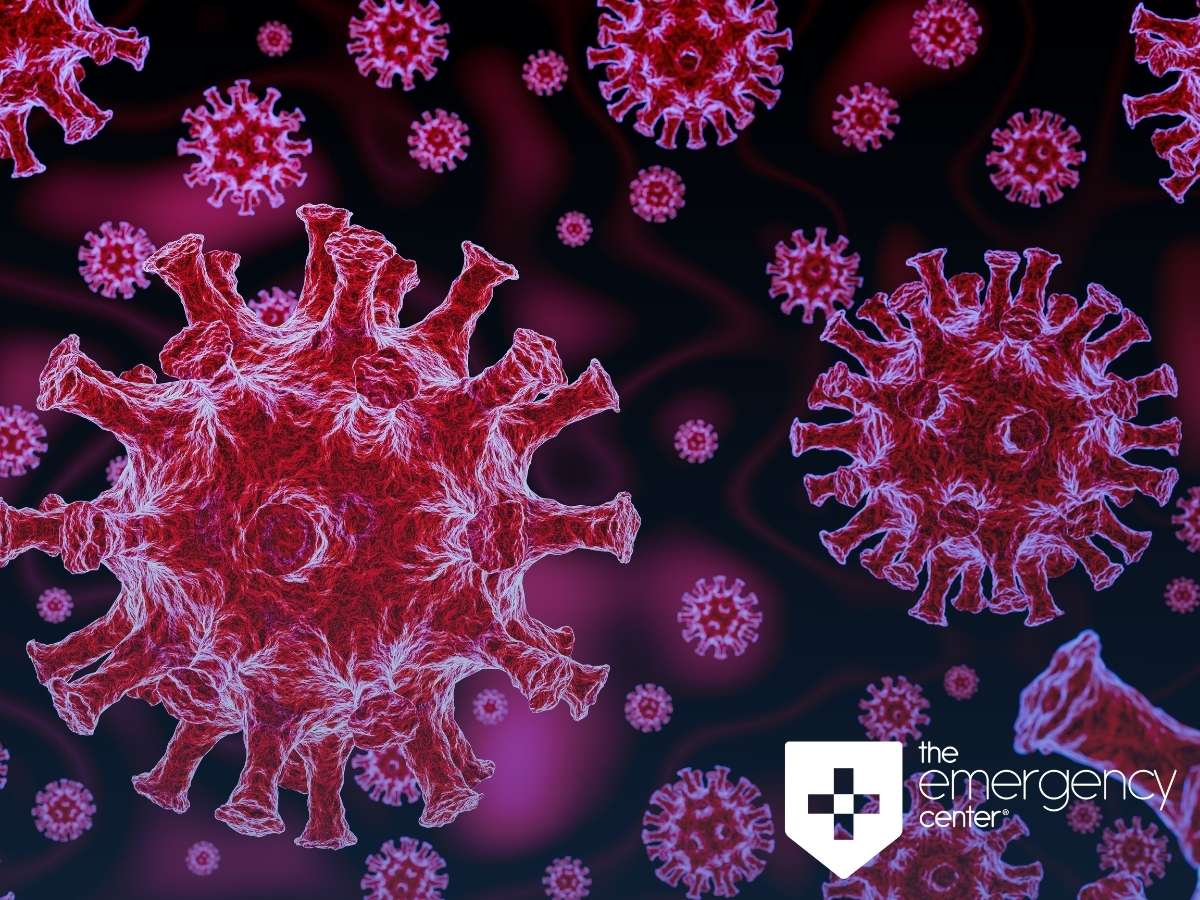What Is The Coronavirus Disease (COVID-19)? Symptoms, Facts & Treatments
Date of publishing: 01/27/2020
Visit our latest COVID-19 blog here
What You Need To Know About The COVID-19 Pandemic
2019-nCOV, more commonly known as the novel coronavirus, became a viral epidemic in China on December 31st of last year. The virus has now made its way to the United States, with the first case reported in the United States during the week of January 19th. This particular strain of the virus began in China at the end of last year; it has infected hundreds of people and caused 56 deaths worldwide, as of this writing. The numbers are growing exponentially every day. Two possible cases very recently occurred in Bryan, Texas, and in Waco, Texas. Their results, fortunately, are negative.

Coronavirus Facts
Coronaviruses are a family of respiratory viruses that can cause symptoms similar to those of pneumonia and influenza. There are six varieties of the virus that infect humans, and they can be fatal. The most recent outbreak of the virus began in Wuhan, Hubei Province, China. Because this strain of the virus has just developed, there is still much to learn about it. While the World Health Organization (WHO) is currently determining whether or not the virus should be considered a public health emergency, airport screening has already begun.
How Do People Contract Coronavirus
Coronaviruses typically come from animals such as livestock, household pets, and bats. However, the WHO is suggesting that the virus might spread from human to human, either through direct contact of inhaling the virus when it becomes airborne. This strain of the virus wasn’t seen in people before. Still, there is a history of other strains of coronavirus that have infected humans in recent history. One example is the Middle East Respiratory Syndrome (MERS), which affected thousands and killed hundreds over the past decade. Another case before that is the Severe Acute Respiratory Syndrome (SARS), which took a similar toll the decade before.
COVID-19 Symptoms
The symptoms of novel coronavirus are similar to those of other types of the virus. The most common symptom is fever. The average body temperature for a healthy person is between 98.6 degrees and 100 degrees Fahrenheit, and anything higher means fever. Other symptoms of the novel coronavirus include shortness of breath, coughing, runny nose, sore throat, and other respiratory symptoms.
In rare cases, the novel coronavirus may lead to other respiratory illnesses, such as bronchitis or pneumonia. Doctors require lab tests to develop a proper diagnosis. If experiencing symptoms of a novel coronavirus, provide any and all recent travel information to a doctor. Also, mention any recent contact with animals.
While the coronavirus spreads more in the fall and winter, people can still obtain the illness during any time of year. The infection can contaminate someone through human contact, or the virus can transmit through the air or certain animals.
Treatments For COVID-19
There are currently no vaccines for the novel coronavirus, and there is limited medical treatment available. Doctors recommend the same remedies as someone suffering from the flu or a cold.
- Rest. The best thing anyone with an illness can do to heal is by resting. Sleeping allows the body time to repair itself. The immune system works better when the body shuts down during sleep cycles. White blood cells, which protect the body against disease, are more active during sleep as well.
- Hydration. Keep a high intake of fluids when infected with the coronavirus. The body will not function as well when dehydrated. Hot liquids, such as herbal tea, are more effective when combating illness. Hot liquids soothe the inflamed membranes in the nose and throat and help with nasal congestion. Honey and lemon with tea also help relieve the symptoms.
- Medicine. Although there is no cure for the illness, over the counter drugs like Tylenol can help relieve the pain that comes with a coronavirus infection. Acetaminophen is a pain-relieving ingredient found in certain medications, and it limits the pain from headaches and sore throats.
Bryan TX Patient Tested For Coronavirus
As of January 27, 2020, reports claim that there have been at least 5 confirmed cases of the novel coronavirus in the United States, with 110 people undergoing testing. The 5 people in the U.S. who have been hospitalized with confirmed cases of the coronavirus are in Washington, Illinois, Arizona and two in California. The virus has steadily made its way across the country. Developments are still coming, and will continue to do so in the coming weeks.
VIDEO: Texas A&M Student Being Tested for Suspected Case of Coronavirus
Watch our Chief Operating Officer and Brazos County Health Authority, Dr. Eric Wilke, who treated the Texas A&M student’s possible case of Coronavirus in the United States. “Fortunately, his symptoms are not severe and he is doing well,” Dr. Eric Wilke said. If it’s determined he has the coronavirus, he would now be the 6th confirmed case in the U.S. Test results to confirm the virus are expected to arrive late Thursday or Friday.” The health department has since made a public announcement that the testing results were negative, according to FOX 4 News.
Preventative Measures To Avoid COVID-19
While the epidemic has only recently entered the United States, people must take preventative measures to avoid contracting the novel coronavirus. Always take sanitary measures, such as washing hands regularly and using hand sanitizer. Avoid touching eyes or the mouth when hands are dirty, and stay away from anyone that may have come down with the virus. These efforts will both keep people from getting sick and also help prevent the infection from spreading.
The Coronavirus is very serious and can be deadly. If you have any signs of the coronavirus, come to The Emergency Center immediately. We are here 24/7/365 if you or your family needs emergency care. Never second guess whether or not an illness is severe enough to require emergency attention. The Emergency Center provides up to 23 hours of Observation and offers 24/7 care with NO WAITING. Visit The Emergency Center’s convenient 24-hour location.

The Emergency Center
San Antonio
11320 Alamo Ranch Pkwy
San Antonio, TX 78253
Phone: 210-485-3644


